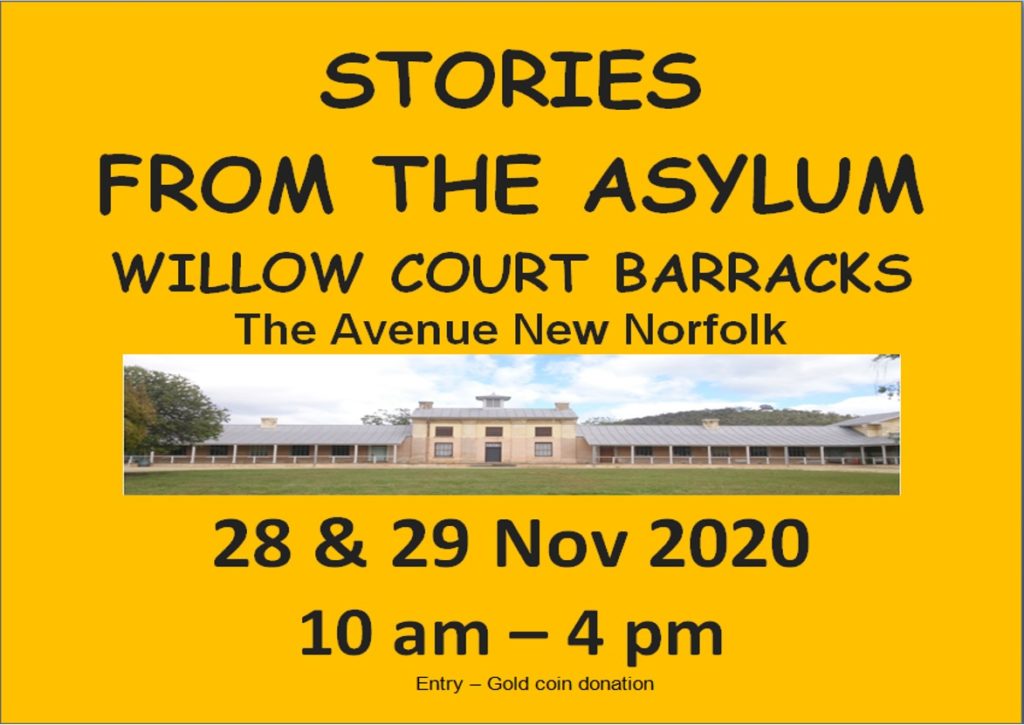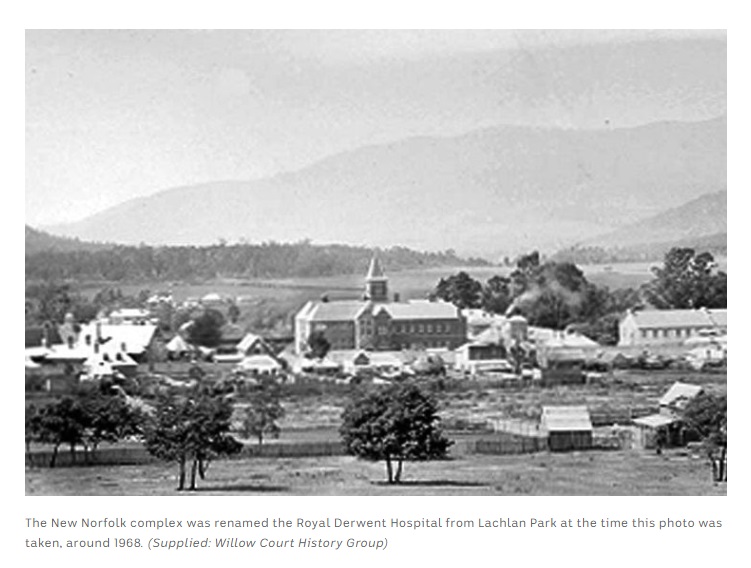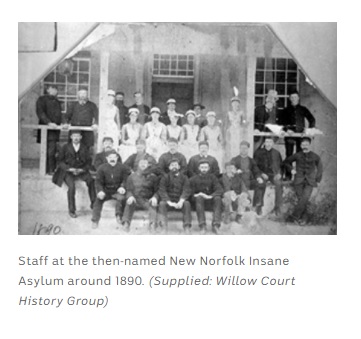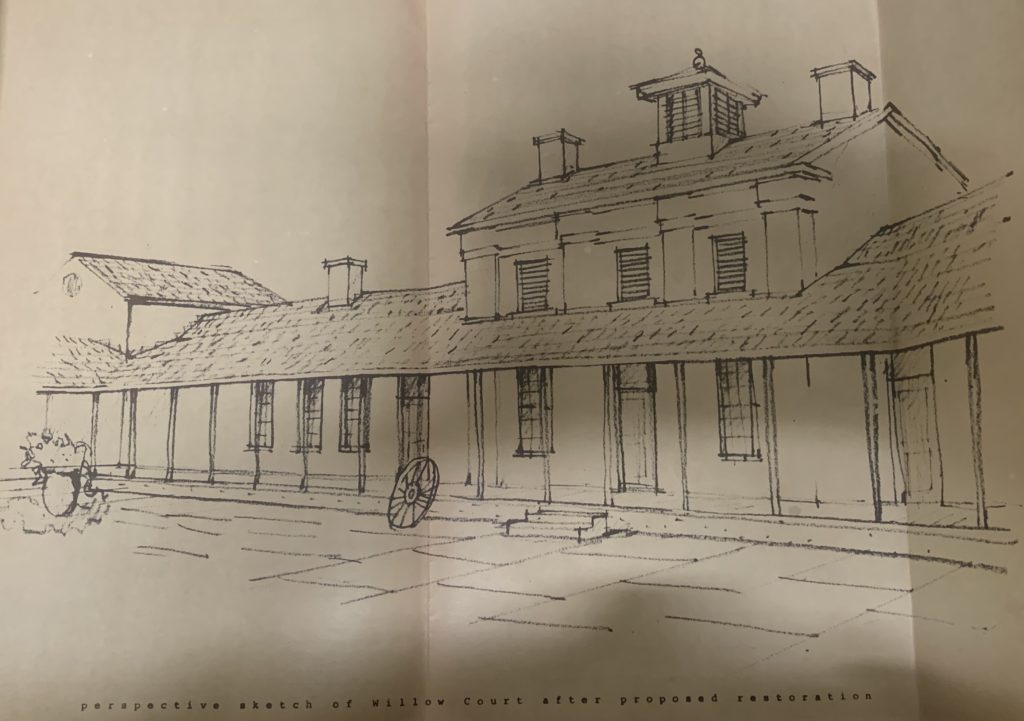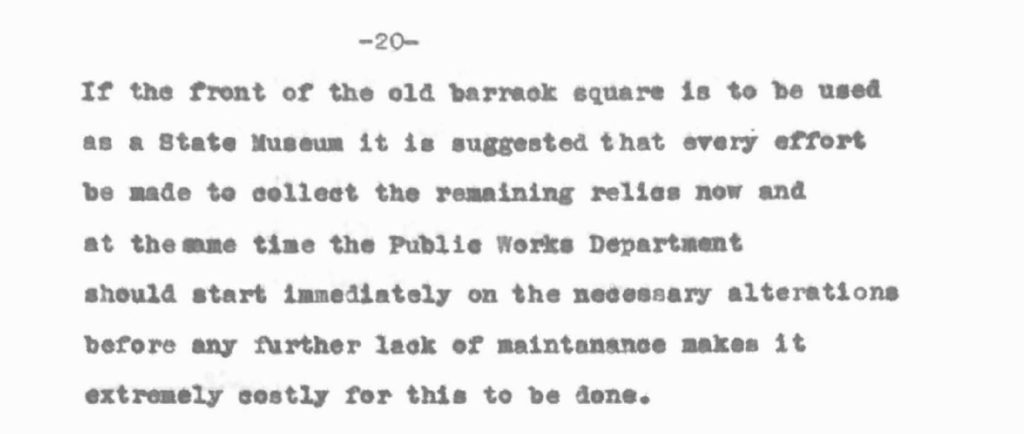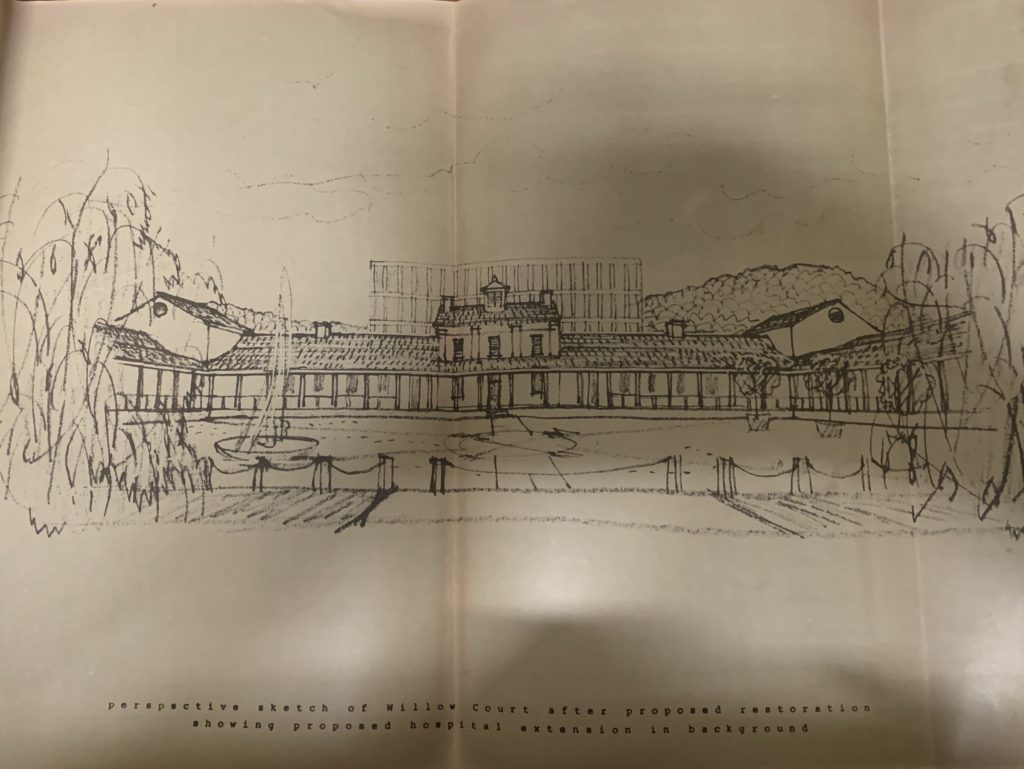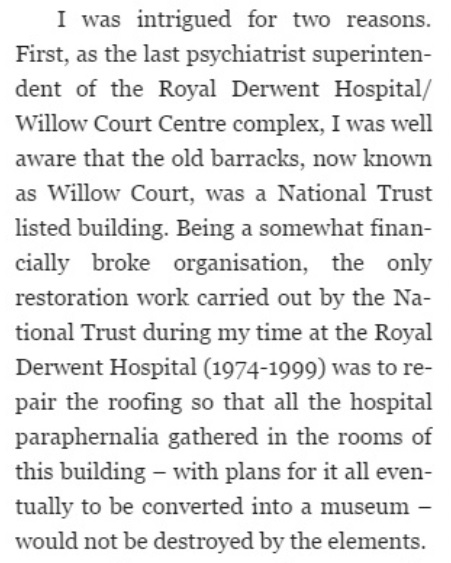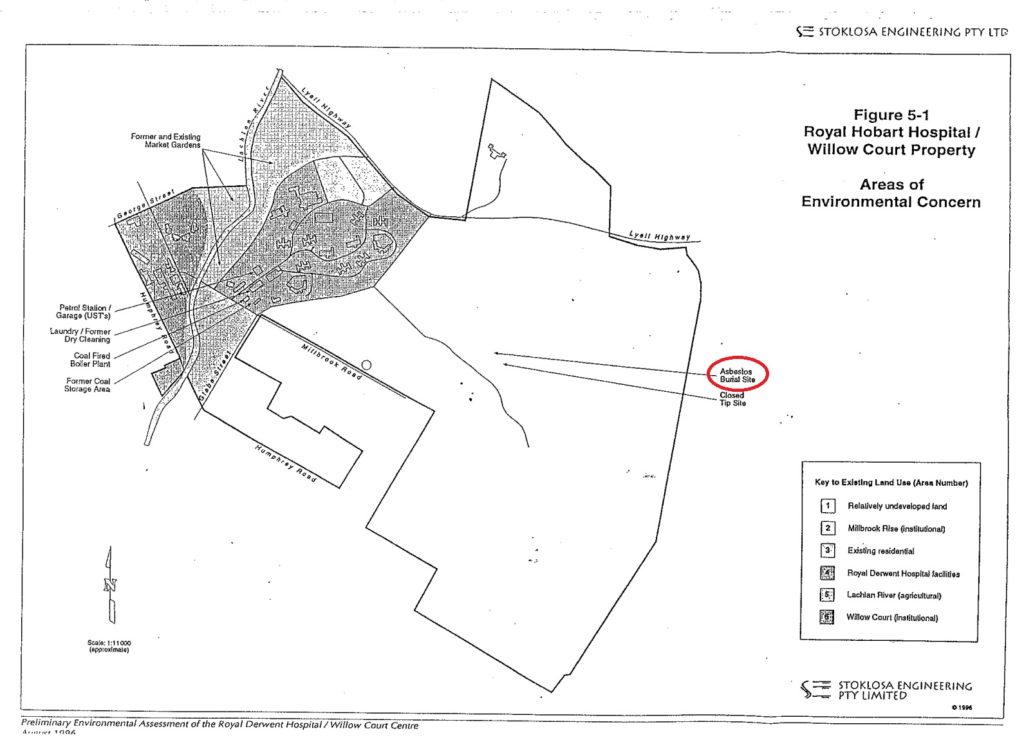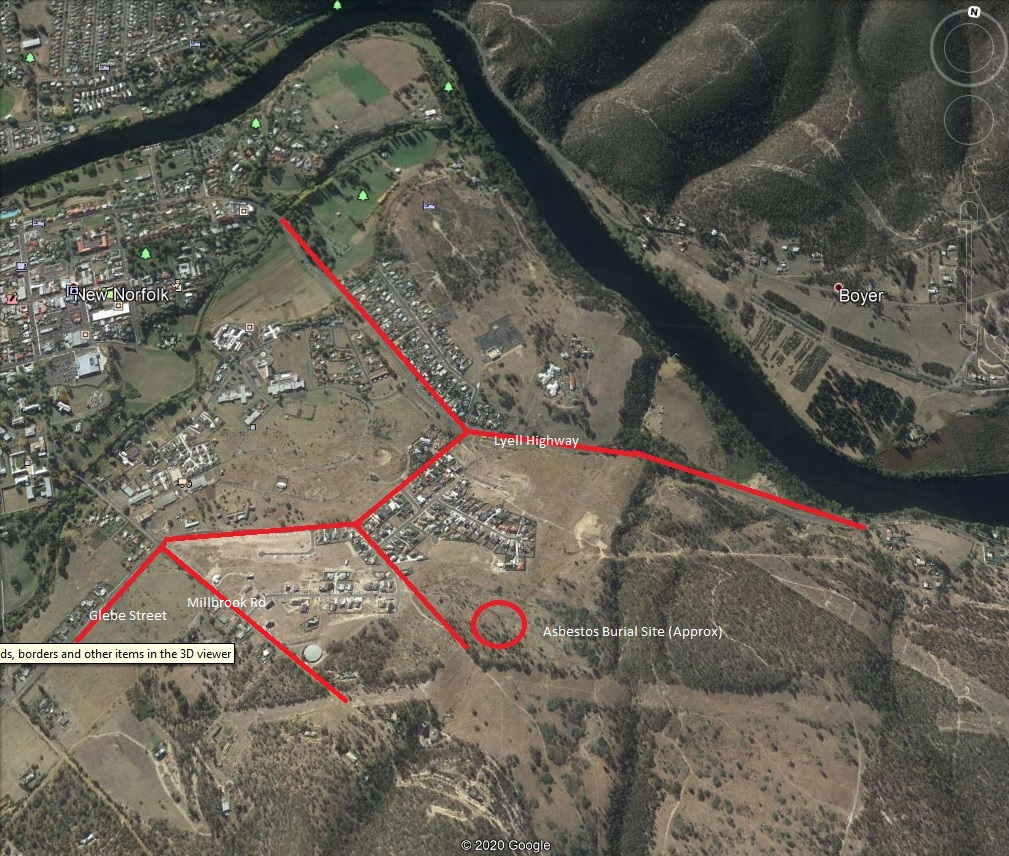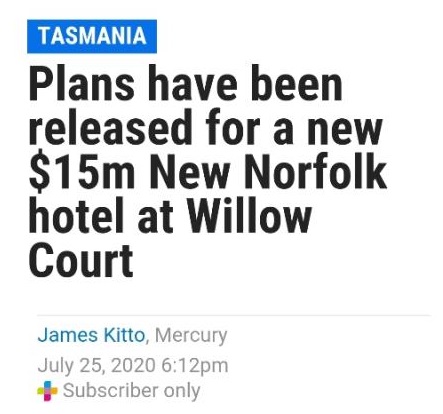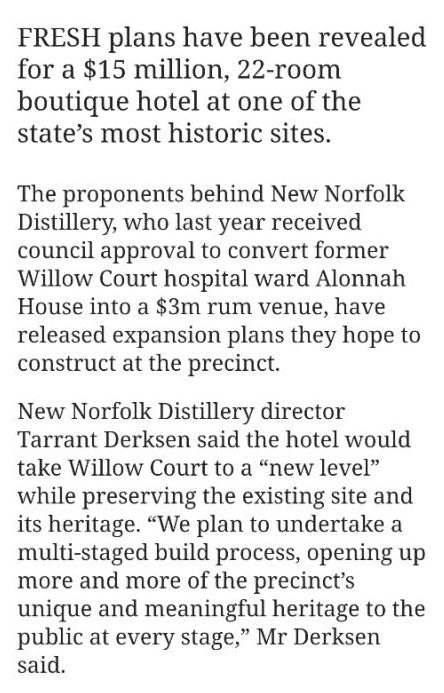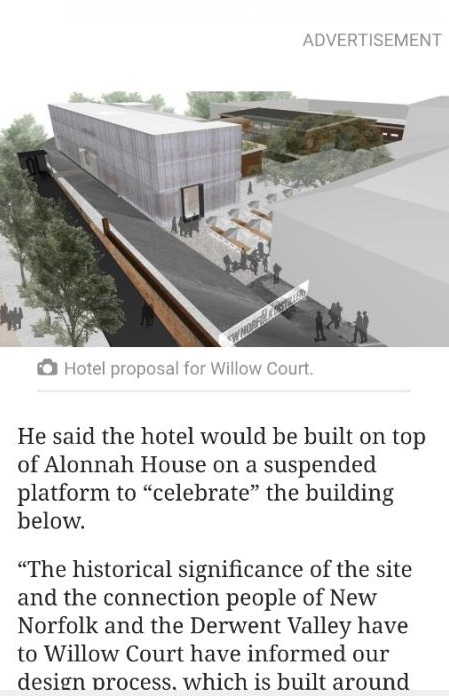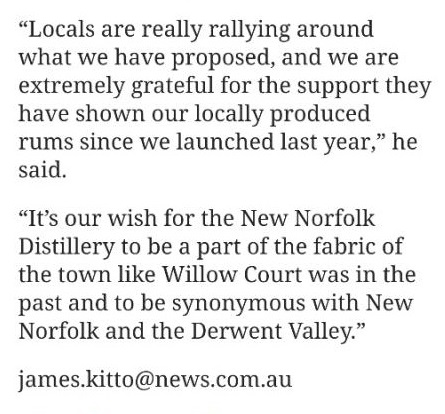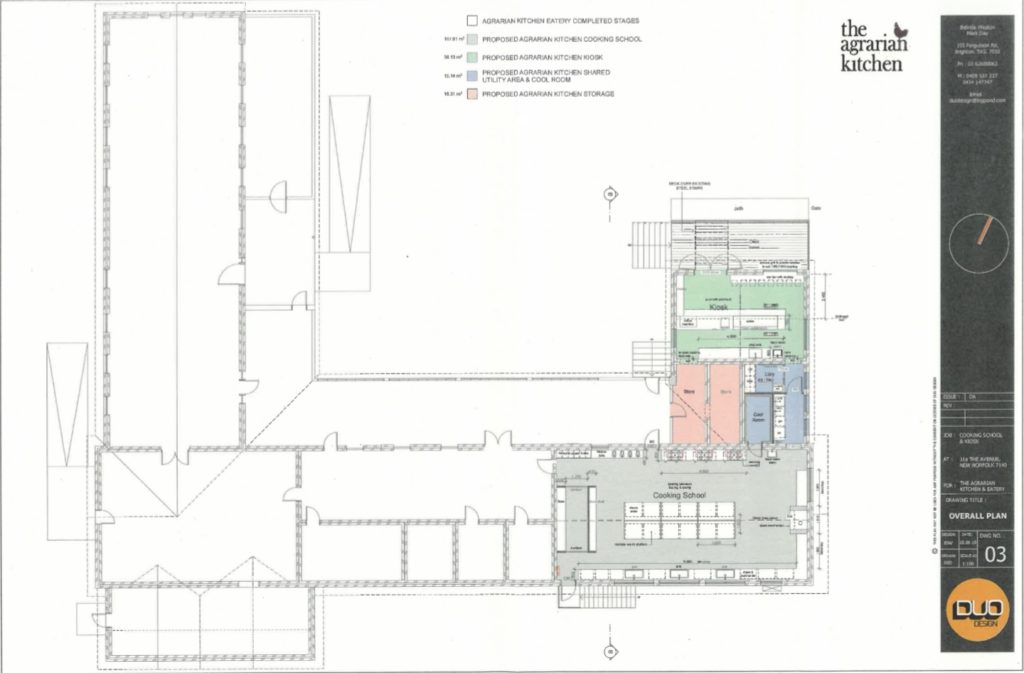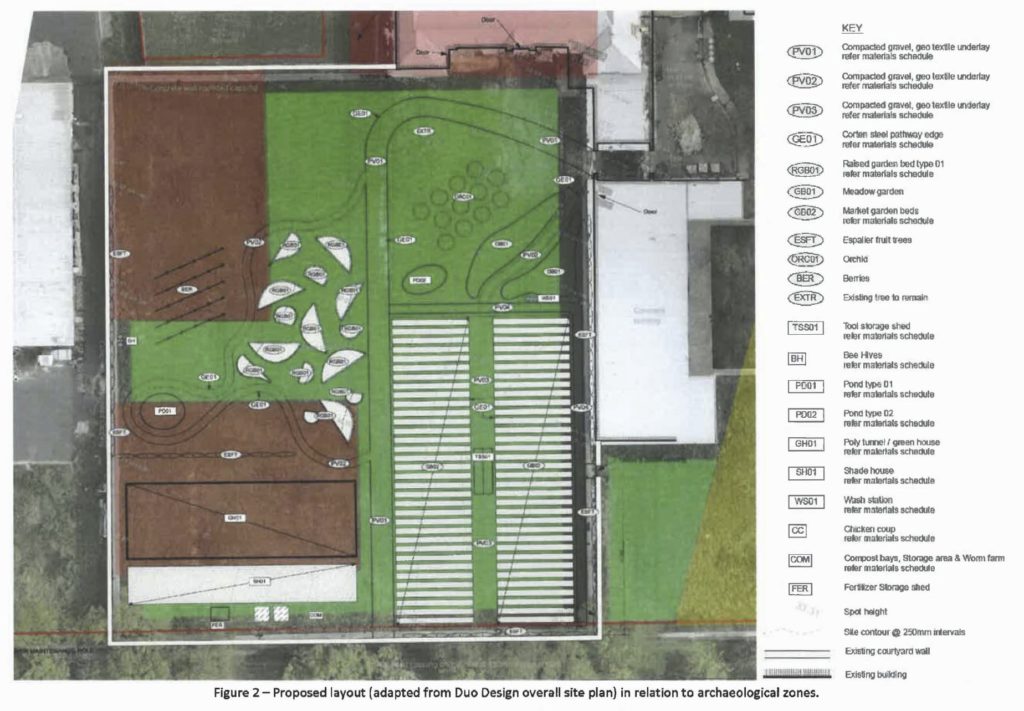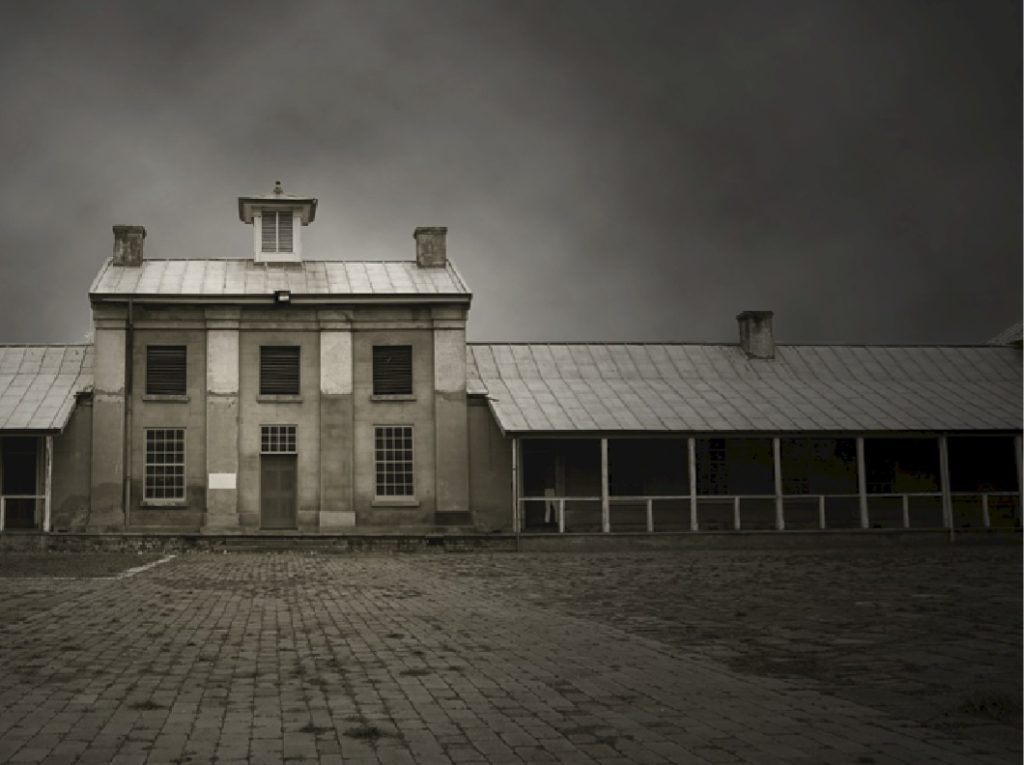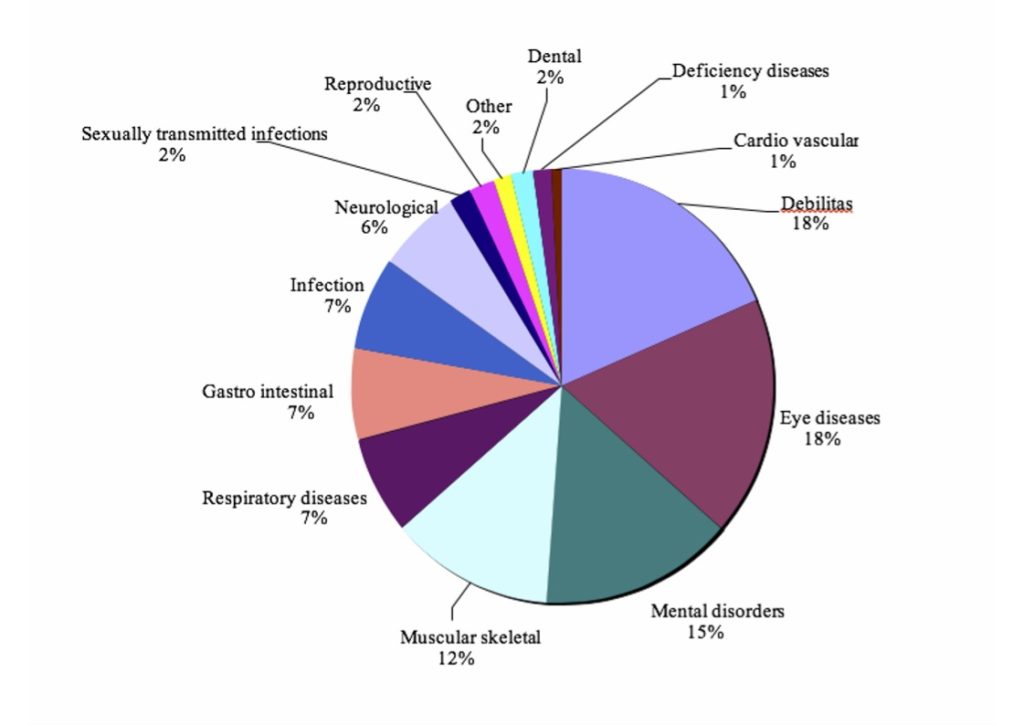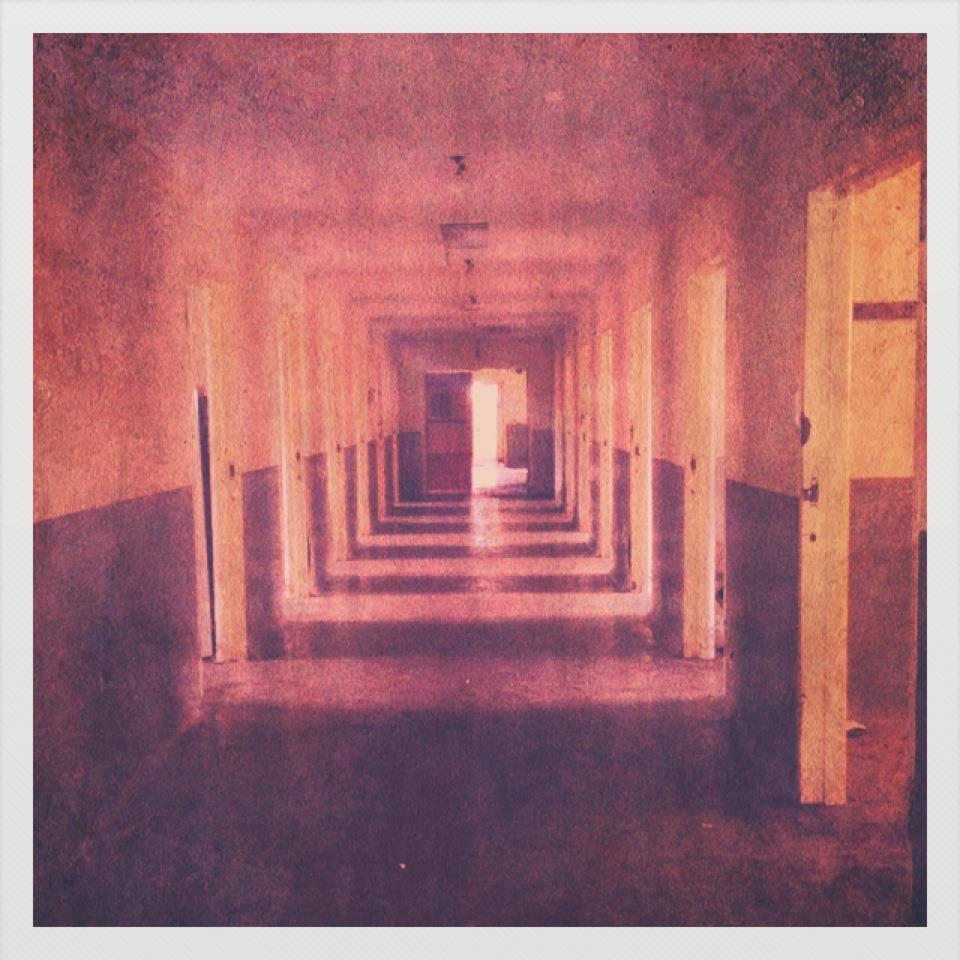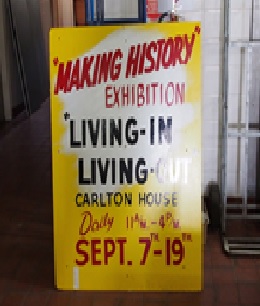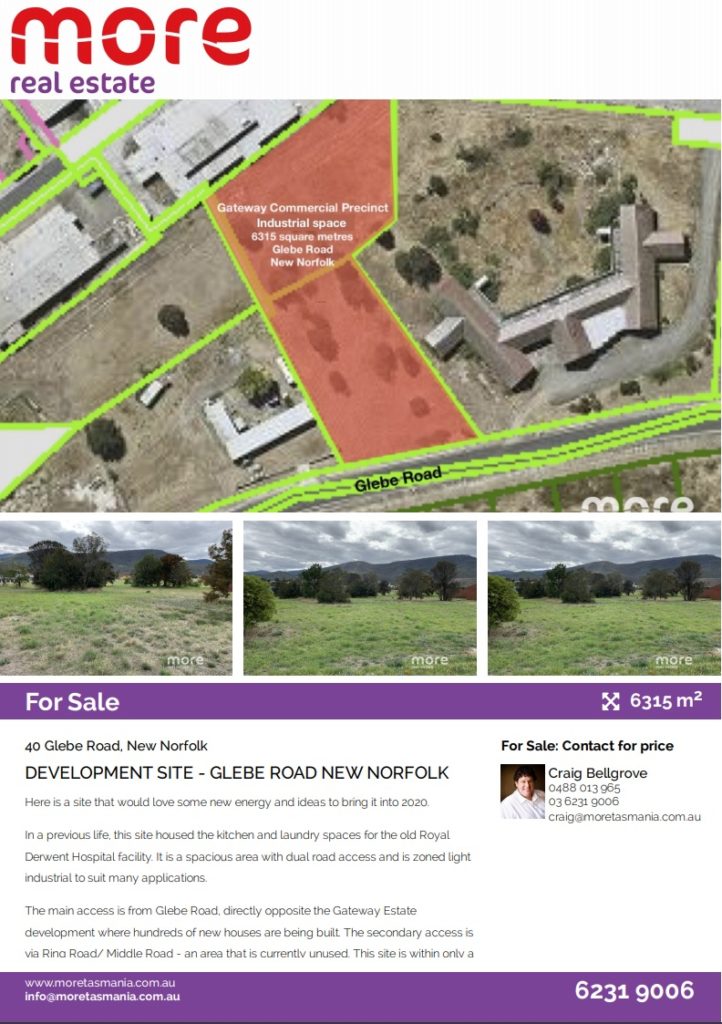‘Roses from the Heart’ memorial bonnet tributes will be on display this coming weekend, 28/29th November 2020 at Willow Court, New Norfolk.
Dr Christina Henri conceived the ‘Roses from the Heart’ project in 2003. Her memorial has expanded to include a number of art forms and is now recognised as a global public art phenomenon with the ‘bonnet’ symbolism a metaphor for convict women and their children.
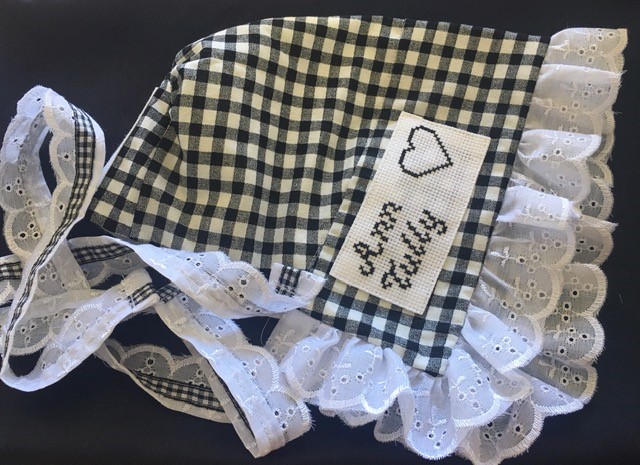
Kate has been attending Dr Henri’s ‘Roses from the Heart’ bonnet making sessions at Glen Derwent Tea Rooms and Accommodation, New Norfolk over the past few weeks.
Dr Henri’s memorials include remembering 25,566 convict women and their children transported to Australia and also the thousands of Orphan Girls who were given assisted passage to Australia.
‘The Friends of Willow Court’ have invited Dr Henri to exhibit symbolic bonnets this coming weekend at Willow Court, showcasing the lives of convict women with an association to the Asylum Hospital, New Norfolk.
To date Dr Henri’s aware of 242 female convicts associated with the Asylum Hospital, New Norfolk. 235 of these female convicts have been sourced from the ‘Founders and Survivors Convict’ data base.
The artist’s aim regarding the Asylum
Hospital, New Norfolk is to have bonnet tributes providing visual recognition of female convicts who either worked within the system as assigned servants or who spent time there as in-patients.
Currently Dr Henri has information of 85 deaths of female convict in-patients.
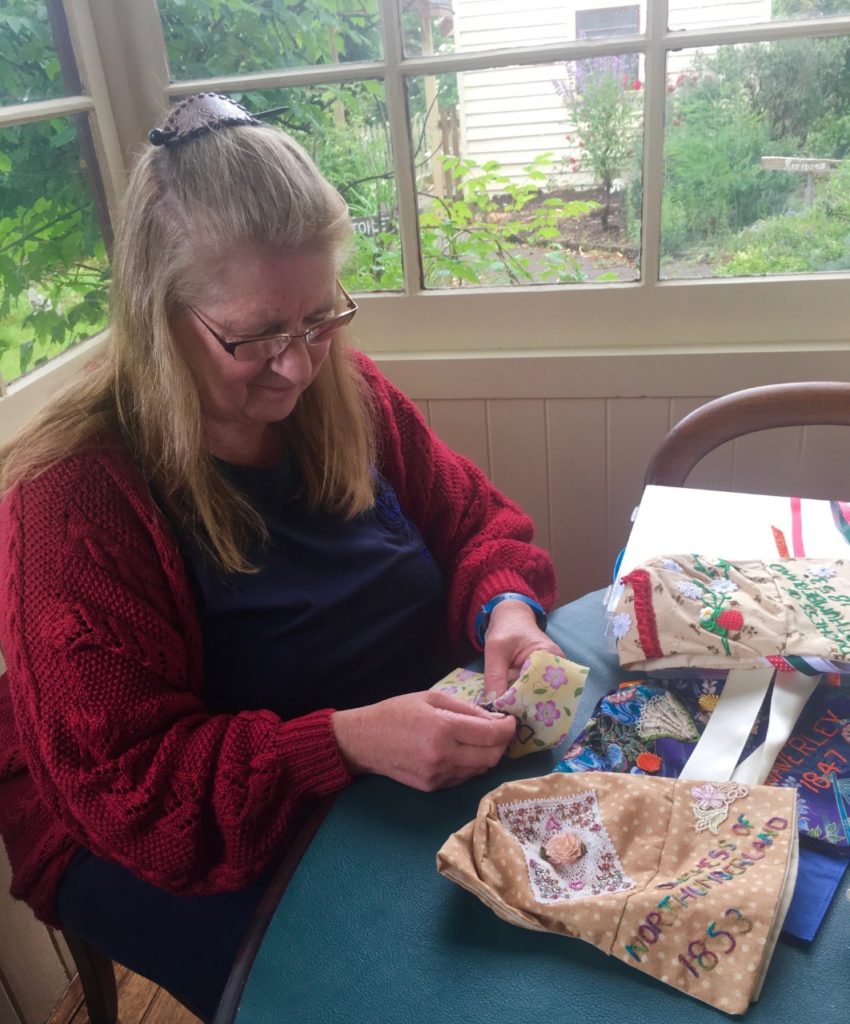
Thanks to the support of hosts, Liz and Rob Virtue, Dr Henri has been holding weekly bonnet making sessions at Glen Derwent Tea Rooms and Accommodation, New Norfolk.
Jane’s symbolic bonnet will be on display amongst a collection of ‘Roses from the Heart’ bonnet tributes highlighting convict women with an association to the Asylum Hospital, New Norfolk.
Over the past few months Dr Henri has been holding weekly ‘Roses from the Heart’ bonnet making sessions at Glen Derwent Tea Rooms & Accommodation, New Norfolk. These free events, hosted by Liz and Rob Virtue, have provided a pleasant ambience for the collective stitching and embellishing of bonnets.
There has been a delightful camaraderie amongst the attendees and beautiful bonnet tributes have been created. There has been a real sense of community with people donating fabric, doillies, thread, buttons, ribbon and lace to the project.
Those with sewing prowess have willingly shared their knowledge and people with limited sewing skills are producing bonnet triumphs.
The ‘Roses from the Heart’ bonnet exhibition on 28/29th November will showcase symbolic bonnets remembering around a third of the female convicts connected to the Asylum Hospital, New Norfolk.
Chris Bush, local teacher at New Norfolk High School is generously assisting Dr Henri by creating wooden stands for effective displaying of the bonnets. The stand concept is taken from a Quaker bonnet stand, circa 1800s. Students in Waterford have used this design to build supports for ‘Roses from the Heart’ bonnet tribute displays in Ireland.
Dr Henri will be available to chat about her art memorials with interested visitors to the event at Willow Court. Her ‘Roses from the Heart’ art values the lives of every female convict to Australia whether the female convict ancestor has a relationship with the Willow Court site or not.
The symbolic bonnets on display on 28/29th November are tangible reminders of the lives of the women being remembered.
Thanks to Liz and Rob Virtue’s support, Dr Henri will continue to hold ‘Roses from the Heart’ bonnet making workshops at Glen Derwent, New Norfolk in 2021. Creation of symbolic bonnets will continue.
Dr Henri is happy to be working with the Derwent Valley Council on 28/29th November to mark the twentieth anniversary of the closure of Willow Court.
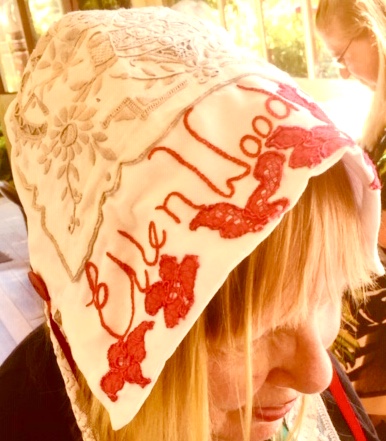
Dr Christina Henri
Cjhenri@gmail.com
